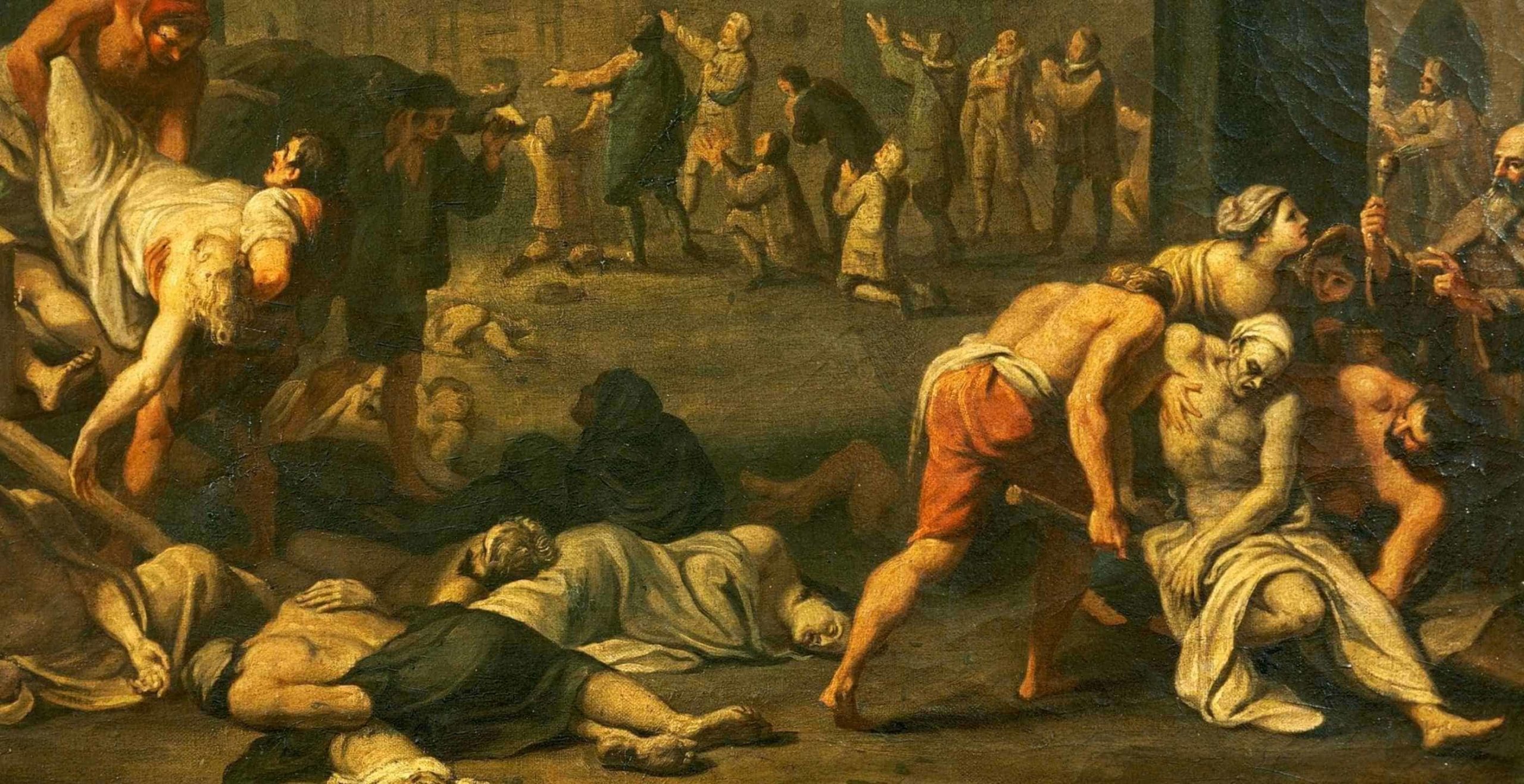
21 interesting facts about Black Death
- 👁️ 292
The Black Death, one of the deadliest pandemics in history, swept across Europe in the 14th century, leaving a lasting impact on society and shaping the course of history. Caused by the bacterium Yersinia pestis, this devastating disease resulted in widespread death and social upheaval. The Black Death had profound economic, cultural, and demographic consequences, forever altering the social fabric of Europe. Here are 21 intriguing facts about the Black Death:
- The Black Death is believed to have originated in Central Asia and reached Europe in 1347, spreading rapidly along trade routes.
- The disease was primarily transmitted through fleas that infested black rats, which were common in urban areas and on ships.
- It is estimated that the Black Death killed between 75 to 200 million people worldwide during its multiple outbreaks.
- The symptoms of the Black Death included high fever, swollen and painful lymph nodes (buboes), and dark patches on the skin due to internal bleeding.
- The pandemic caused immense fear and panic, leading to social unrest, religious fanaticism, and persecution of minority groups.
- The rapid spread of the disease was facilitated by factors such as poor sanitation, overcrowded cities, and lack of medical knowledge.
- The mortality rate of the Black Death was extremely high, with some estimates suggesting that it wiped out one-third to one-half of Europe’s population.
- The economic impact of the Black Death was profound, causing labor shortages, inflation, and disruption in trade and agriculture.
- The social structure of Europe underwent significant changes as a result of the Black Death, with the power and status of peasants and workers increasing due to labor scarcity.
- The Black Death led to a decline in the feudal system and played a role in the rise of the Renaissance and the Reformation.
- The pandemic influenced art, literature, and religious beliefs of the time, with death and mortality becoming prevalent themes.
- The term “Black Death” was coined due to the dark discoloration of the skin caused by internal bleeding.
- Quarantine measures were implemented in some regions to control the spread of the disease, including isolating infected individuals and restricting travel.
- The Black Death impacted religious practices, with the Catholic Church experiencing a crisis of faith and losing credibility due to its inability to halt the pandemic.
- The outbreak of the Black Death had a long-lasting effect on medicine, leading to advancements in the understanding of contagious diseases and the need for improved public health measures.
- The pandemic influenced the development of plague doctors, who wore distinctive protective clothing and masks filled with aromatic substances to ward off the disease.
- The Black Death affected all segments of society, from peasants to nobility, causing social and economic turmoil across Europe.
- The impact of the Black Death extended beyond Europe, with significant mortality observed in the Middle East, North Africa, and Asia.
- The Black Death had psychological consequences, leaving survivors traumatized and often questioning the meaning of life and the existence of God.
- The pandemic led to the abandonment and neglect of areas, particularly urban centers, as fear and death swept through communities.
- The Black Death had a profound effect on burial practices, with mass graves and plague pits becoming common, often resulting in hasty and impersonal burials.
The Black Death stands as a stark reminder of the devastating power of infectious diseases and their far-reaching consequences. The tragic loss of life, social upheaval, and economic disruptions caused by this pandemic shaped the course of European history. The lessons learned from the Black Death continue to resonate, emphasizing the importance of public health measures, medical advancements, and social resilience in the face of global health crises.
The Black Death, one of the deadliest pandemics in history, swept across Europe in the 14th century, leaving a lasting impact on society and shaping the course of history. Caused by the bacterium Yersinia pestis, this devastating disease resulted in widespread death and social upheaval. The Black Death had profound…